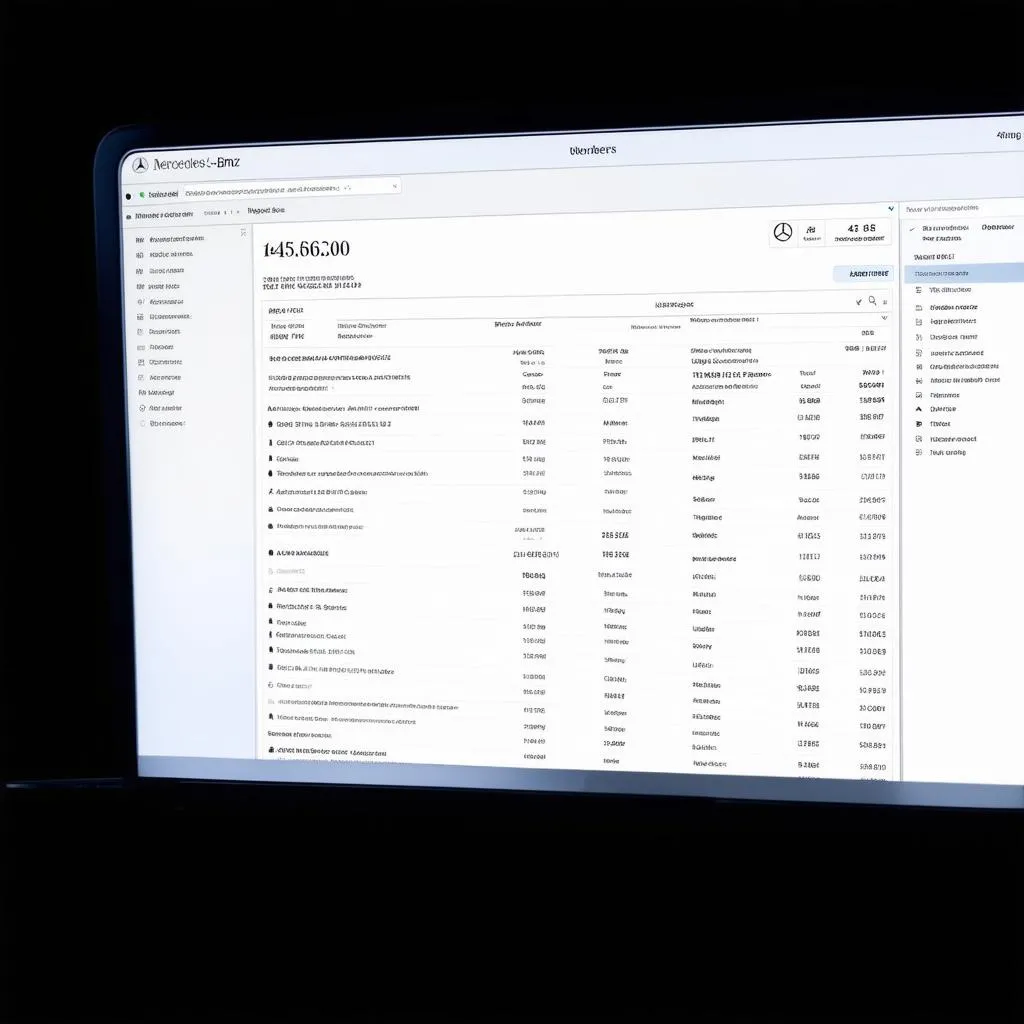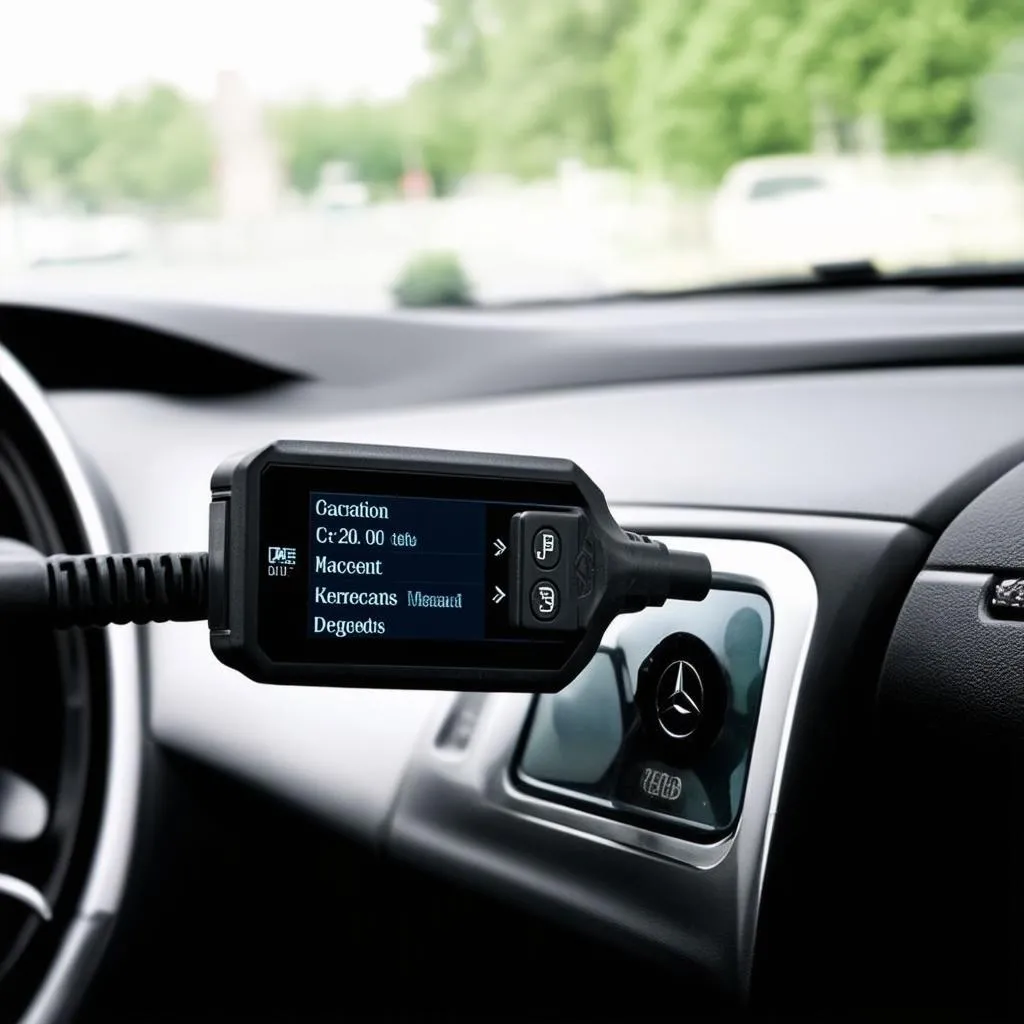Is your 1997 Mercedes E320 passenger side window stuck? Does it refuse to budge, leaving you and your passenger sweltering in the summer heat? This is a common problem in older Mercedes models, and thankfully, it’s usually a straightforward fix. This article will guide you through the most common causes of this issue and provide a step-by-step guide to help you get your window back on track.
Understanding the Culprit: Common Causes of Power Window Failure
Before you grab your toolbox, it’s crucial to understand what’s causing your passenger window woes. Here are the usual suspects:
1. Faulty Window Regulator: The window regulator is a system of gears and cables that moves the window up and down. Over time, these components can wear out, causing the regulator to fail.
2. Malfunctioning Window Motor: The window motor provides the power to move the window. If it burns out or malfunctions, your window won’t budge.
3. Electrical Issues: Problems with the wiring, fuses, or the window switch itself can disrupt the flow of power to the window motor, leading to malfunctions.
4. Window Guide Issues: The window guides keep the window glass aligned as it moves up and down. If a guide is damaged or misaligned, it can jam the window.
Identifying the Issue: How to Diagnose the Problem
To effectively fix your power window, you need to pinpoint the root cause:
- Listen Closely: When you press the window switch, do you hear any clicking or grinding noises? This could indicate a problem with the regulator or motor.
- Check the Switch: Swap the driver’s side window switch with the passenger side switch. If the passenger window suddenly works, the problem lies with the switch.
- Inspect the Fuses: Locate your Mercedes’ fuse box and check the fuse associated with the power windows. A blown fuse needs to be replaced.
Still unsure? Using a diagnostic tool like those offered by Cardiagtech can provide more precise insights into your car’s electrical system and pinpoint the source of the issue.
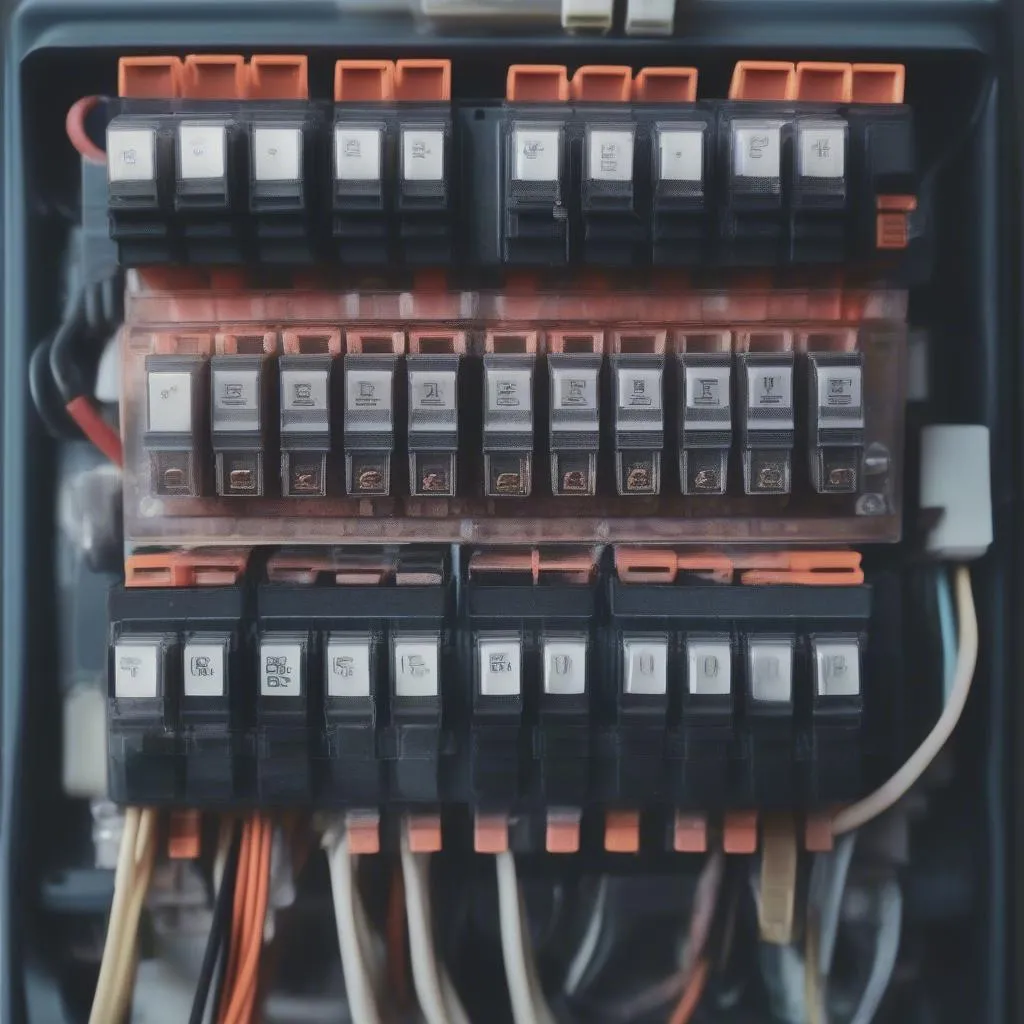 Mercedes E320 Fuse Box
Mercedes E320 Fuse Box
Gearing Up: Tools and Materials You’ll Need
Before you start your repair, gather the following:
- Socket set
- Torx bit set
- Panel removal tool
- Electrical tape
- Multimeter (optional)
- Replacement parts (window regulator, motor, switch, or fuse)
Fixing the Issue: A Step-by-Step Guide
Let’s get that window rolling again! Here’s a general guide to replacing a faulty window regulator. Note that the process may vary slightly depending on your Mercedes’ specific model year.
- Disconnect the Battery: Locate your car battery and disconnect the negative terminal to prevent electrical shorts.
- Remove the Door Panel: Carefully pry off the interior door panel using a panel removal tool. Be sure to disconnect any wiring harnesses attached to the panel.
- Access the Window Regulator: With the panel removed, you’ll see the window regulator and motor assembly.
- Detach the Regulator: Remove the bolts securing the regulator to the door and window glass.
- Install the New Regulator: Attach the new regulator in reverse order, ensuring all bolts are tightened securely.
- Reconnect the Battery: Reconnect the negative battery cable.
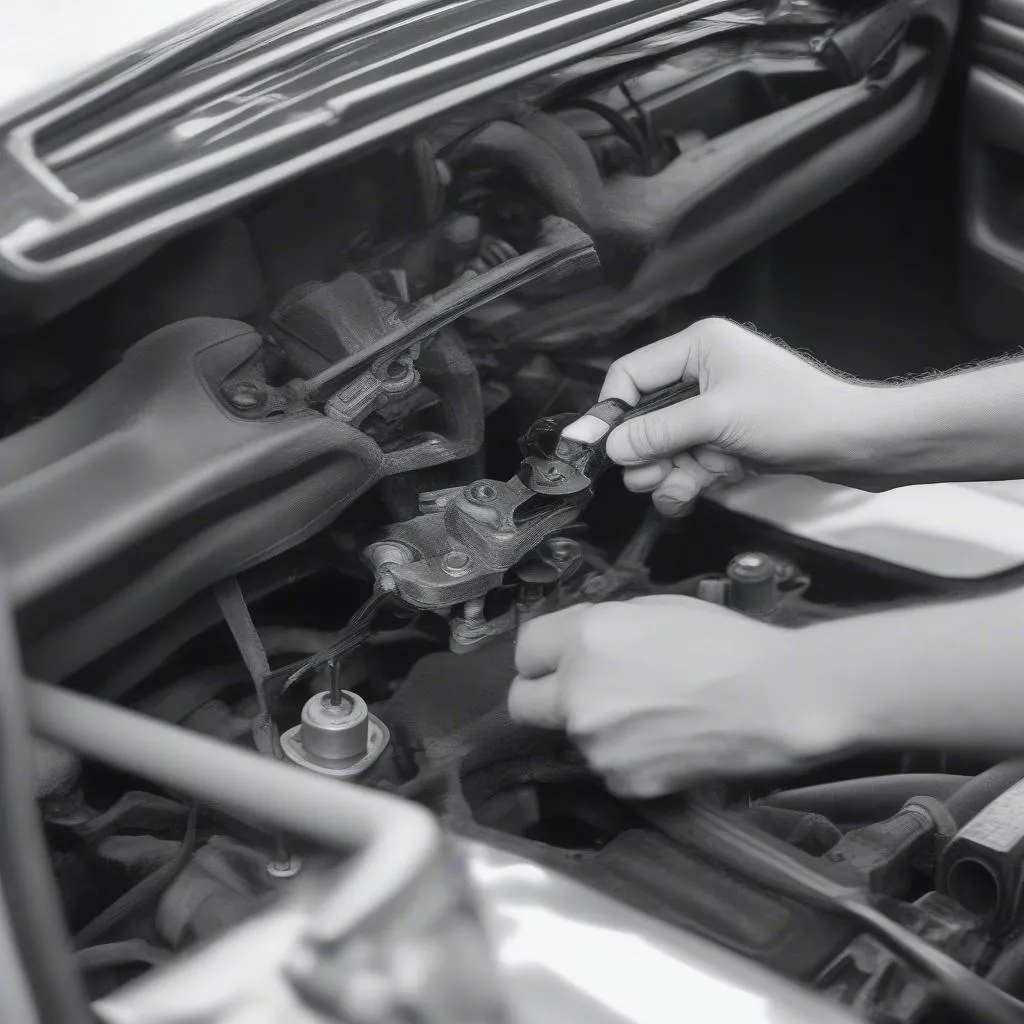 Mechanic Replacing Car Window Regulator
Mechanic Replacing Car Window Regulator
Frequently Asked Questions:
Q: My 1997 E320 window goes down but not up. What could be wrong?
A: This is a classic symptom of a failing window regulator, specifically the cable system within. When the cable frays or breaks, it can prevent the window from moving upwards.
Q: Can I use any car diagnostic software for my Mercedes?
A: While some generic OBD-II scanners can read basic codes, investing in Mercedes-specific software or tools like those from CARDIAGTECH will give you a more in-depth analysis of your vehicle’s systems.
Q: How often should I lubricate my window tracks?
A: It’s good practice to lubricate your window tracks with a silicone-based lubricant at least twice a year, preferably during spring and fall, to prevent sticking and ensure smooth operation.
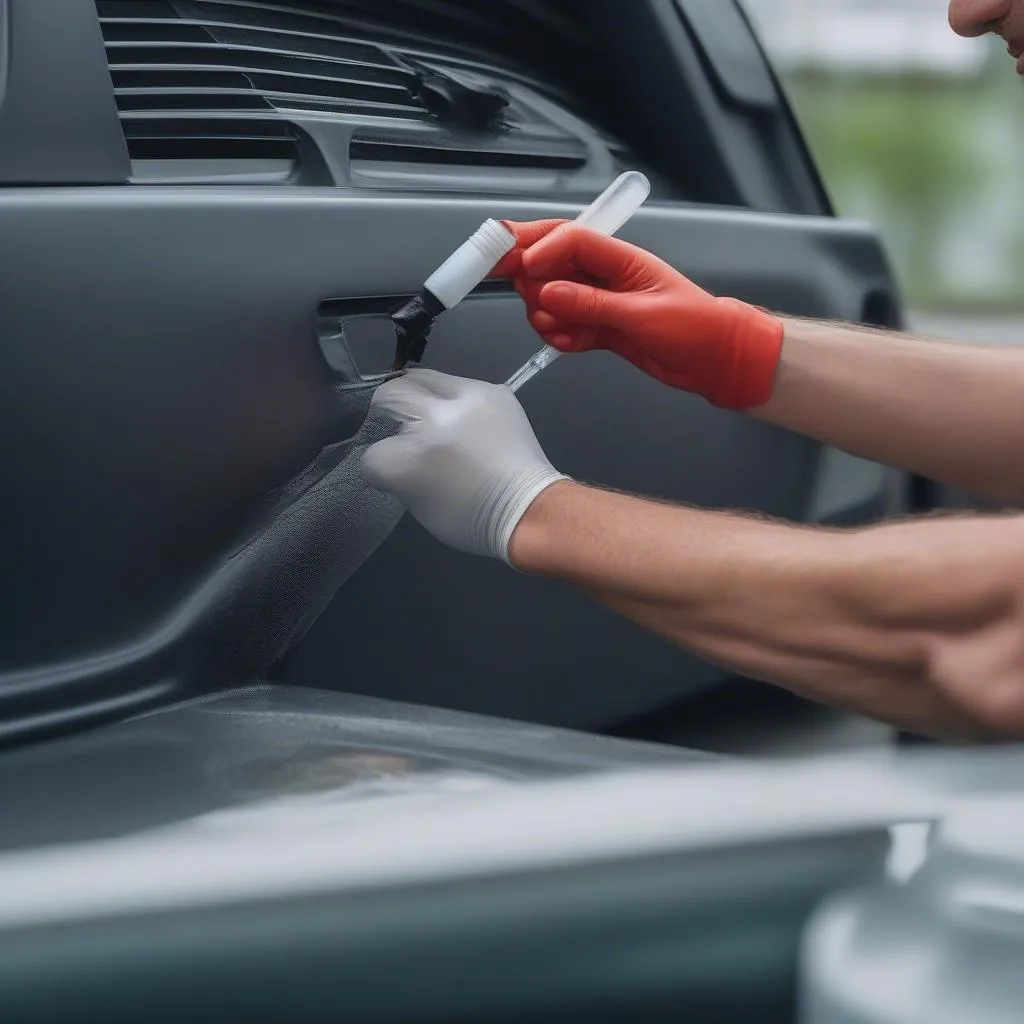 Lubricating Car Window Track
Lubricating Car Window Track
Conclusion
Fixing a power window on your 1997 Mercedes E320 might seem daunting, but with a little patience and the right guidance, it’s a manageable task. Remember to diagnose the issue correctly before replacing any parts, and always refer to your car’s service manual for specific instructions.

